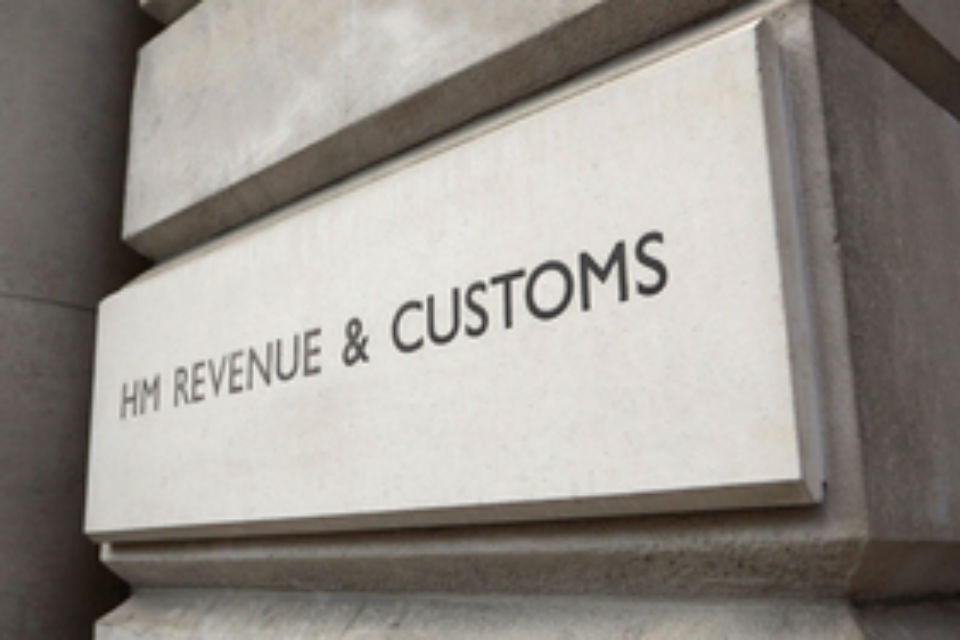The Government Digital Service was officially launched on 8 December 2011. Rebecca Hill takes a look back at five years of transformation, trials and tribulations at the central government team.
The Government Digital Service is moving into a new HQ next year – Photo credit: Derwent London
“My recommendations have radical implications for government’s entire web presence.”
So wrote Martha Lane Fox in the introduction to her October 2010 review of the government and its relationship with the internet.
Just over a year later, on 8 December 2011, the Government Digital Service was officially declared “open for business”, with the then Cabinet Office minister Francis Maude and the service’s first executive director Mike Bracken cutting the figurative ribbon at Aviation House in London’s Holborn.
Now, five years on, GDS has a hefty chunk of money in its back pocket and a shiny new HQ in East London to move into – but to put it in just those terms would mask the mistakes, set-backs, and controversy it has faced since that day in 2011.
“Bluntly, GDS’ greatest achievement is survival,” says public sector commentator David Walker. “The Cameron era was one of the most dishevelled Whitehall has been through. Quangos were culled, half-baked reorganisation was pushed through; Number 10 was dozy, and individual ministers were left to get on with it.
“That allowed Francis Maude – one of the most widely disliked of Cameron’s colleagues – to push a personal agenda, to the benefit of government IT.”
And push it he did. In Bracken and Maude, Whitehall had two powerful figures who weren’t afraid of making enemies in their efforts to force the civil service to face uncomfortable truths about the way it managed its IT.
“It’s completely unacceptable to enter into contracts for longer than 12 months.”
Speaking back in the summer of 2011, Chris Chant – the person put in charge of building the new organisation after Lane Fox’s report – made it clear what GDS would be asking of departments.
“It’s completely unacceptable not to know what systems we own, how much they cost and how much or even if they are used,” he said.
“I think it’s completely unacceptable, at this point in time, to enter into contracts for longer than 12 months. I can’t see how we can sit in a world of IT, and acknowledge the arrival of the iPad in the last two years, and yet somehow imagine that we can predict what we’re going to need to be doing in two or three or five or seven or 10 years’ time.”
And so spend controls were introduced, giving GDS the power to prevent departments from blithely signing up to long-term, high-value contracts with single suppliers that allowed an oligopoly of big systems to dominate government, locked out smaller, more agile suppliers and discouraged innovation.
A central tenet of Maude and Bracken’s plan for the future of government digital was to ensure that cross-government platforms were designed and delivered from the centre. The creation of the flagship GOV.UK site – a central platform for all government websites that was launched in 2012 – was crucial to this.
The GDS team, many of whom came from the tech industry, also brought with them new approaches to service design: a strong focus on putting user need ahead of what seemed easiest for the department, an agile approach to working that required constant evaluation and iteration, and of course a wealth of bunting, post-it notes and slogans.
Related content
GDS’s greatest hits: Skills, savings and survival
GDS claims savings of £4bn through better IT
The three pillars of a holistic approach to digital transformation
Although lauded by its proponents, the shake-up of archaic Whitehall processes and the introduction of – as Maude has put it – “all these weird hippies” into the centre of government ruffled more than a few feathers.
Maude, who left government in 2015, has since said that trying to overhaul government’s digital operations had been a “war of movement” within the civil service. Bracken, meanwhile, has said that the key was to keep moving against those resisting the change – “moving quicker so they never knew what we were up to”.
Whether it was this stealth approach to change or the fact that ever-greater pressure on government to cut costs made departments think differently, GDS gradually gained supporters both inside and out of Whitehall.
Matthew Trimming, the founder of consultancy META, told PublicTechnology the service “should be most proud of having changed the terms of debate around technology in government” and having proved that with the right support governments can design “popular, user-centred transactional services”.
Among its successes, GDS can count solid progress in its efforts to create a cross-government identity assurance scheme, Verify, which the team is now trialling in local government, and creating a critical mass of digital experts at the heart of government.
But it wasn’t always plain sailing for the “hippies”.
“The imperative of such a radical re-invention of the civil service is yet to be recognised”
Shortly after Maude left, Bracken made a surprise exit from the service in August 2015, kicking off a summer of departures (not to mention a trend of GDS staff taking up roles at the Co-op) that exposed the frustrations felt by the team.
“Transformed digital services require transformed digital institutions. In the UK, the imperative of such a radical re-invention of the civil service is yet to be recognised,” said former deputy director Tom Loosemore in a parting blogpost.
“It will require bold, brave, reforming leadership from the centre; leadership with the conviction, commitment and authority required to successfully challenge the shape, the size and the dominant culture of Whitehall. Come that revolution, I’ll be first in line to serve HMG again.”
The spate of departures was met with growing concern that without Maude’s influence (he had been replaced by Matt Hancock in May) the new chief executive of the civil service John Manzoni was about to cut GDS down to size.
A reprieve, then, in the 2015 spending review when the government promised GDS £450m to drive digital transformation, and the team’s focus and attitude seemed to shift slightly, with chief operating officer Alex Holmes telling PublicTechnology that it was trying to move away from its “arrogant” image.
But soon came a second summer of resignations, starting with Bracken’s replacement Stephen Foreshew-Cain who was moved out in favour of the Department for Work and Pensions’ business transformation director Kevin Cunnington.
Once again, the rumour mill ground into gear, with speculation that Manzoni was planning to shift responsibility for digital back to the individual departments, which would in effect undo the efforts made since 2011 to centralise digital services.
Although this has not come to pass – Cunnington has repeatedly emphasised that GDS as an entity is here to stay, with its new HQ and role in digital skills training for civil servants held up as evidence of such – the new leader is likely to have a lighter-touch approach than that of his predecessors.
This includes on spend controls, which Cunnington has said will involve “a sensible discussion around the money, rather than an actual one-size-fits-all limit”.
Meanwhile, those following the minutiae of government digital transformation as if it were a soap opera will be spending the next couple of weeks with bated breath for the long-awaited digital strategy.
Pushed back for the referendum campaign, undergoing a reworking after Brexit, and then a second drafting under new leadership, the strategy should be published soon.
In the meantime, as the GDS team rightly celebrate a happy birthday, advocates of radical digital transformation will be hoping this central government unit is also in for a happy new year.



